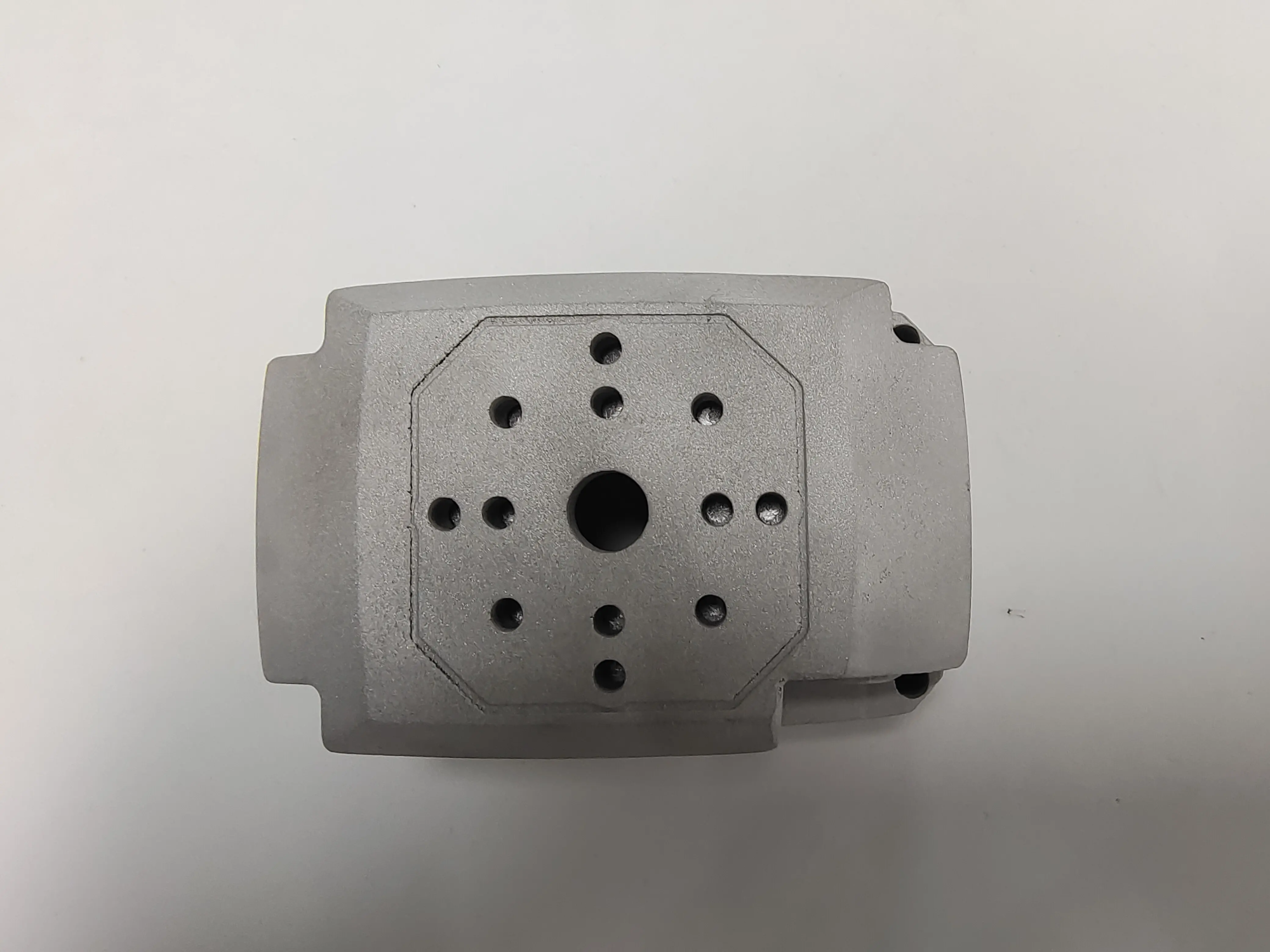One of the most frustrating issues that can arise when it comes to 3D printing is the clogged nozzle. A clogged nozzle can stop your printing process from grinding, causing delays and wasting valuable time and resources. In this article, we will dig into common symptoms of clogging nozzles to give you the knowledge you need to identify and resolve this issue.
One of the most common symptoms of clogging nozzles is a reduction in printing quality. If you notice that your prints are becoming increasingly sloppy, or that these layers do not stick properly, it may indicate that your nozzle is blocked. This is because the clogged nozzle prevents proper filament flow, resulting in uneven and inconsistent prints. Another symptom is complete blockage of the nozzle and no filaments can pass through. This may cause the printer to stop printing, resulting in wasted time and resources.
In addition to these symptoms, clogged nozzles can also cause problems with printer temperature control. If the nozzle is blocked, it can prevent the printer from reaching the optimal temperature, resulting in further printing problems. In addition, clogged nozzles can cause the printer’s motor to work harder, thereby increasing wear on the machine.
So, what causes the nozzle to be blocked? There are several factors that can cause this problem. One of the most common reasons is the use of low quality. Poorly made filaments may contain contaminants or impurities that may clog the nozzle. Another reason is that the temperature is incorrect. If the temperature is too low, the wire may not melt properly, causing it to accumulate in the nozzle. In addition, improper maintenance and cleaning of nozzles can also lead to clogging.
To prevent clogging, it is essential to regularly maintain and clean the nozzle. This can be done by running a cleaning script or manually removing any debris or residues. It is also crucial to use high-quality filaments and ensure the temperature is set correctly.
In short, clogged nozzles can be a frustrating problem that can stop your 3D printing process. However, by being aware of common symptoms and causes, you can take steps to prevent and resolve this issue. By regularly maintaining and cleaning nozzles, using high-quality filaments and ensuring the correct temperature settings, you can minimize the risk of clogging nozzles and ensure your prints are smooth and consistent.
FAQ:
Q: How do I know if my nozzle is blocked?
A: Common symptoms of blocking nozzles include lower printing quality, completely blocking nozzles, and temperature control issues.
Q: What causes the nozzle to be blocked?
A: Causes of clogging nozzles include the use of low-quality filaments, incorrect temperature settings, and improper maintenance and cleaning of nozzles.
Q: How to prevent nozzle clogging?
A: To prevent clogging, regularly maintain and clean nozzles, use high-quality filaments and ensure correct temperature settings.
Q: Can clogged nozzles be repaired?
A: Yes, clogged nozzles can be fixed by running a cleaning script or manually removing any debris or residue.
Q: How often should I clean the nozzle?
A: It is recommended to clean the nozzle regularly, ideally after each print job to prevent clogging and ensure optimal performance.
ISO 9001 Factory




